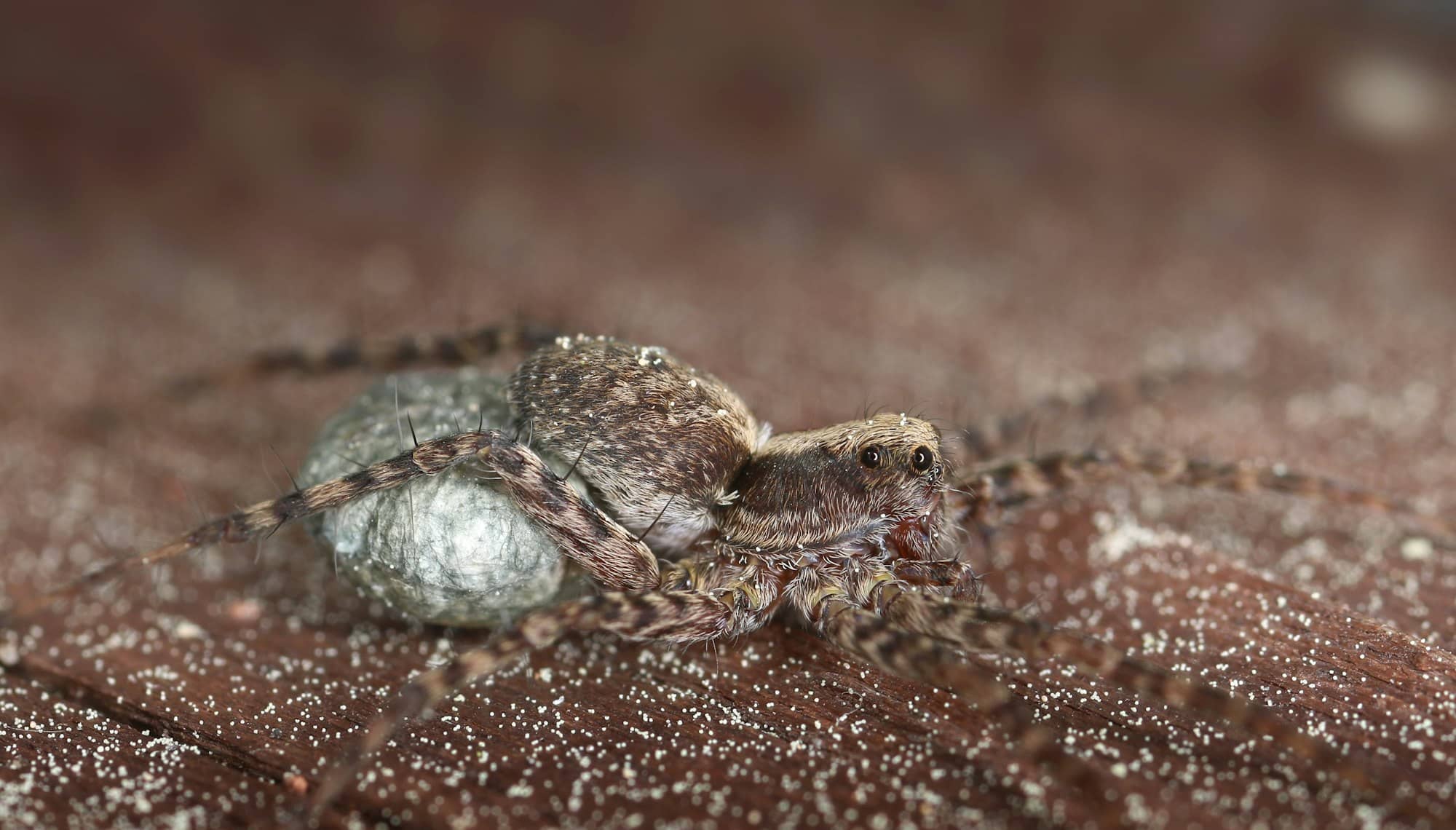As the time-honored saying goes, "Variety is the spice of life." This mantra holds true for reptile enthusiasts as well, who constantly seek the thrill of caring for diverse species. Among the myriad of reptiles, the Corn Snake holds a special place, capturing the hearts of many with its fascinating shedding process and unique habitat needs.
In this article, we will guide you through the essential points of caring for a corn snake’s unique shedding needs and habitat requirements. We will delve into the shedding process, highlighting the cardinal signs to look for and the steps to ensure a healthy shed. Additionally, we will provide a comprehensive overview of the ideal habitat conditions for corn snakes and practical tips on creating an environment that allows them to thrive.
In the same genre : How to Properly Fit a Life Jacket for a Small Dog for Boating Activities?
Recognizing the Shedding Process
Understanding the shedding process is the first step towards providing optimal care for your corn snake. Shedding, also known as ecdysis, is an integral part of a snake’s growth and health. It’s the process where snakes periodically shed their old skin to allow for growth and to remove parasites that may have latched onto their old skin.
In the section that follows, we will provide valuable insights into recognizing the onset of the shedding process and how to support your corn snake through it.
Also read : What Are the Ideal Training Methods for a Cocker Spaniel in Competitive Obedience?
The initial signs of the shedding process in corn snakes often include a dulling of the overall skin color and fading of the usual vivid patterns. The eyes might also take on a bluish or milky appearance, a condition known as "in blue." It’s essential not to handle your snake much during this period as their skin is sensitive and they may become more defensive.
A few days after these signs appear, the skin will regain its clarity, but don’t be fooled! Your snake is not done shedding yet. This period of seeming normalcy is just the calm before the storm. Soon, your corn snake will begin the actual shedding process, which can last anywhere from a few hours to a couple of days.
Ensuring a Healthy Shed
Ensuring a healthy shed is key to your corn snake’s well-being. A smooth shedding process is an indication of good health and proper care. In contrast, a problematic shed may signal underlying health issues or inappropriate habitat conditions.
In this section, we will examine the steps to take to ensure a healthy shed for your corn snake.
The first step to ensure a healthy shed is to maintain an optimal humidity level in your snake’s habitat. Corn snakes usually require a humidity level around 40-50%, but during shedding, it should be increased to around 70%. This can be achieved by misting the habitat with water or adding a larger water dish.
It’s also important not to interfere with the shedding process. While it might be tempting to help your snake by peeling off the skin, it can cause more harm than good. If your snake is having trouble shedding, it’s better to consult a veterinarian.
Creating the Ideal Habitat
Just like humans, snakes too need a comfortable living environment to stay healthy. The habitat plays a key role in a corn snake’s overall health and well-being, affecting its growth, shedding process, and lifespan.
In the subsequent section, we will outline the crucial components of an ideal corn snake habitat and how to establish them.
When creating a habitat for your corn snake, there are several factors to consider: space, temperature, humidity, lighting, and hideouts. As a rule of thumb, the enclosure should be large enough for the corn snake to stretch out. An adult corn snake usually requires a 20-gallon tank.
Temperature gradients are essential in a corn snake’s enclosure. They prefer a warmer basking spot of around 85°F and a cooler spot around 70-75°F. An under-tank heater combined with a basking light can achieve this thermal gradient.
The habitat should also include hideouts to make your snake feel secure. You can use commercially available hide boxes or make your own using safe materials. The hideouts should be placed at both the warmer and cooler ends of the enclosure.
Maintaining the Corn Snake’s Habitat
Maintaining the corn snake’s habitat is equally as important as setting it up. Regular cleaning and consistent checks on temperature and humidity are essential to keep your corn snake in the pink of health.
In this final section, we will discuss how to maintain your corn snake’s habitat effectively.
Cleaning the enclosure regularly is crucial to prevent the build-up of harmful bacteria and fungi. A complete clean-out with a reptile-safe disinfectant should be carried out at least once a month. Also, it’s important to remove any feces or urates as soon as you spot them.
Temperature and humidity should be checked daily. A digital thermometer and a hygrometer are must-have tools for this. If the temperature or humidity is off, it should be adjusted immediately to avoid stressing your snake or causing shedding problems.
In conclusion, caring for a corn snake’s shedding and habitat needs might seem daunting initially. However, with the right information and a bit of patience, it can become an enjoyable and rewarding process.
Effective Monitoring Techniques for Shedding Health
To effectively care for your corn snake during the shedding process, it is vital to be attentive to the signs of a healthy shed and to understand when to seek professional help.
A healthy shed happens when the entire skin comes off in one piece, including the eye caps. If you notice that the skin is coming off in patches, this might indicate that the humidity levels in the enclosure are too low. However, this issue can be resolved by slightly increasing the humidity levels during the shedding phase.
Moreover, regular observations of your snake’s behavior can also provide insights into the shedding process’s health. Your corn snake may exhibit decreased appetite or increased hiding behavior during this period. However, if your snake seems lethargic, refuses food for prolonged periods, or exhibits significant changes in behavior, these might be signs of health issues, and you should consult a veterinarian.
Proper timing is also crucial during this period. It’s vital not to rush the shedding process. Your corn snake will naturally start shedding when it’s ready. Interference can cause unnecessary stress and may even lead to injuries.
Supplementing the Habitat: Adding Enrichment
In addition to creating a suitable habitat, adding enrichment can significantly enhance your corn snake’s quality of life.
Enrichment for corn snakes can take many forms. For instance, incorporating climbing branches, altering the layout of the enclosure, or even introducing safe, new items for exploration can provide mental stimulation for your snake. However, remember to keep changes gradual and monitor the snake’s reaction to these modifications.
Moreover, try introducing a variety of textures in the habitat. Different substrates, such as aspen shavings, reptile carpet, or newspaper can stimulate your snake’s senses, promoting exploration and natural behavior.
Lastly, remember to provide multiple hideouts. Corn snakes are secretive creatures that require a sense of security. Having multiple hideouts in different sections of the enclosure allows the snake to choose where it feels most comfortable.
Conclusion
In essence, caring for a corn snake’s unique shedding needs and habitat requirements is a journey of ongoing learning and adjustments. Regular observations, prompt interventions, and maintaining an enriched environment are crucial components of effective care.
While it may seem like a daunting task initially, with the right approach, it can become an incredibly rewarding experience, allowing you to witness the fascinating lifecycle of these extraordinary creatures up close. With time, patience, and dedication, you can provide a fulfilling life for your corn snake, ensuring its health, happiness, and longevity.











